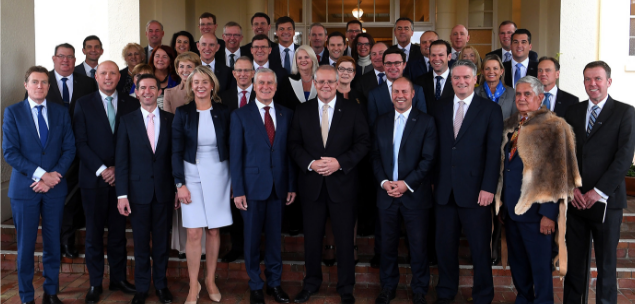The National Cabinet met last Friday (8 May) to discuss the easing of COVID-19 lockdown restrictions in Australia, which are expected to be rolled out gradually within the coming months.
The measures being introduced aim to get the country ready for a more ‘normal’ return to working lives and help to rebuild a sustainable economy.
The government’s measures must address the balance of the population’s health and the economy’s health.
There have been 6,899 confirmed cases of coronavirus in Australia and 97 deaths. The country is now at a point where there is only around 1,000 active cases.
Compared to other countries in the rest of the world, Australia has been highly successful in dealing with COVID-19 cases and flattening the curve.
A COVID-safe Australia
As such, the National Cabinet is now looking to ‘reopen a COVID-safe Australia’ with a three-step plan that will gradually remove the baseline restrictions.
In a media statement from the Prime Minister, the plan was said to have been finalised with caution.
“We are confidently and cautiously taking the first step to lifting restrictions. Our success so far means we have slowed the spread of COVID-19 and built the capacity in our health system to manage the impact of the virus.
“We can now start to progressively ease the restrictions we have in place. This means that many Australians can start getting out to the shops, undertaking some local trips and travel, visiting playgrounds and public parks, and having friends and family around with a bit more freedom.”
The plan will help businesses develop future models for operating in a COVID safe way, to protect both their workers and their customers.
Social distancing still needed
The government has stressed that the safety of easing of the restrictions must be upheld by everyone in society playing their part.
Each step of the three-step plan is underpinned by a strong commitment from all Australians to:
- stay 1.5 metres away from other people whenever and wherever we can
- maintain good hand washing and cough/sneeze hygiene
- stay home when we’re unwell, and getting tested if we have respiratory symptoms or a fever
- download the COVIDSafe app
States and territories are able to move between the steps on the pathway at different times, in line with their current public health situation and local conditions.
The government’s plan to ease restrictions
Step 1
Step 1 focusses on carefully opening the economy by getting Australians back into work, restarting social activities (including gatherings of up to 10 people), lifting household visitor restrictions to 5 people and easing some local and regional travel.
Step 2
Building on from Step 1, Step 2 allows a greater number of people in gatherings (up to 20) and also allow more businesses to reopen, which would include services such as gyms, beauty salons and cinemas.
Step 3
Step 3 aims to be the ‘new normal’ for a period time. Although the transition to COVID safe ways of living and working are in place at this point, for example with gatherings of up to 100 people permitted, international travel and mass gatherings will still be restricted. This will be the case until the virus is no longer considered a threat.
The National Cabinet has committed to regular reviews and stocktake assessments of progress every three weeks.
Relapse ‘not an option’
In the media statement, the government has said that they are ‘prepared’ for an increase in COVID-19 cases snd a second-wave of outbreaks. Although, they also say a full relapse (like the first hit) is ‘not an option.’
Read up on the three step plan in more detail, and what this means for businesses here.
Keep up to date with our stories LinkedIn, Twitter, Facebook and Instagram.

